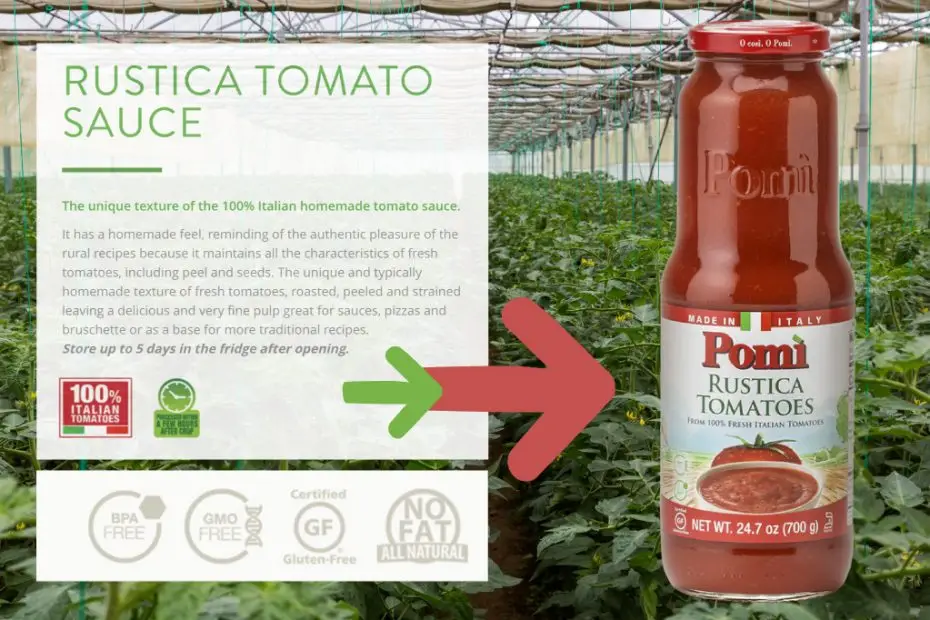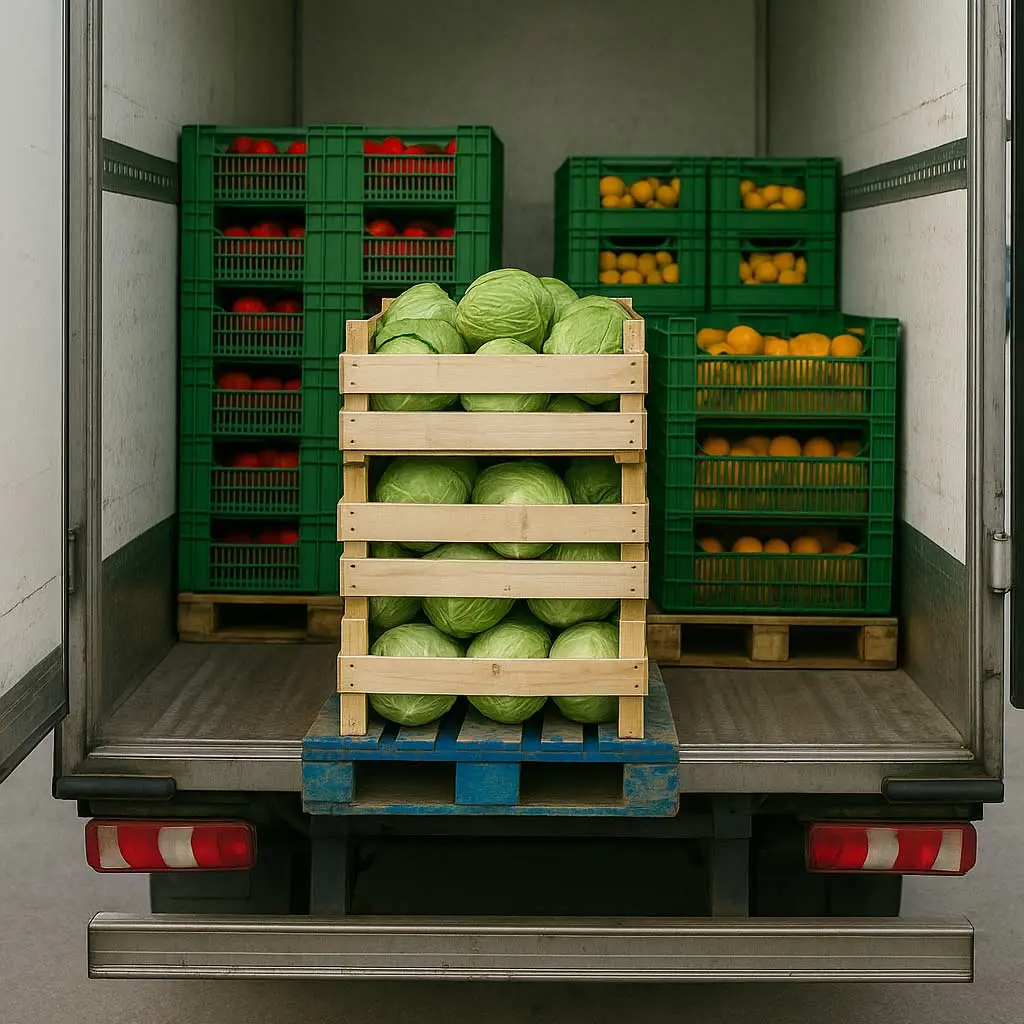When summer reaches its peak, farmers patrol their tomato plots looking for that telltale rosy red hue that signals a tomato harvest is just around the corner! There’s nothing quite like a fresh tomato off the vine and thankfully canned tomato sauce is an efficient way to enjoy tomato harvest’s year round. The simplicity of a basic tomato sauce is what makes it so versatile.
Quick Tomato Sauce History
Is tomato sauce good for you? This blog will be focusing on the bottled, table tomato sauce. We’ll start by looking at the history of tomato sauce. The first recipe produced for a Tomato sauce was in 1732 according to National Geographic. It is traditionally made up of tomato, sweeteners, vinegar, salts, spices, onion/garlic and some natural flavourings. Its success was due to its long shelf-life, this was initially due to some harmful preservatives such as tar. Allegedly, Henry Heinz initiated his bottle of tomato sauce in 1876, and then he later went on to launch a preservative-free version in 1905, from there he somehow absolutely dominated the market. Even til this day, Heinz is a force to be reckoned with.
In the United States 3 bottles per person are bought every year (10 billion ounces). There are 2 main types of tomato sauce on the market, the ‘organic bottle’ and the ‘original type’. Heinz lead the market of tomato Ketchup until the rise of the supermarkets in the 1980’s which competed for the market. In 1993 Heinz owned 43% of the market and was mainly sold from supermarkets. The 3 main meals we use tomato sauce with is hot dogs, burgers and french fries.
Sauce and Sodium
Tomato sauce has always been associated with salt to extend its self-life. Since the 80’s research has strongly linked a high-salt diet to an increased risk of high blood pressure, which can cause strokes. Tomato sauce companies have capitalised on this research and have produced ‘low salt’ versions to keep up with consumer demand for a healthier product.
Per tablespoon, on average tomato sauce has 150 mg of sodium, which doesn’t seem too much as we are advised not to go above 2300mg a day, but when combined with the knowledge that 75% of the foods we eat have salt in them, it can all add up throughout the day. Luckily there are “no sodium” versions available with 5mg (tiny tiny amount), which are a little more expensive to buy but might save you in medical bills in the future!
Sauce and Sugar
With increased competition between companies to sell their sauce we have seen an increase in sugar introduced to our tomato sauce bottles, which is sneaky practice and adding to our societies already growing sweet tooth.
A tablespoon (17g) of sauce can have up to 5g of sugar in it which is 1 teaspoons of sugar if you work in the metric system and is a moderately high amount.
What We Stock
In The Little Shop you find wide array of Italian food product & Pomì was founded in 1982 in the province of Parma and immediately became an icon thanks to its innovative packaging – the carton brick, which makes the tomato sauce easily recognisable in any country where it is exported. Today it is said that Pomi is synonymous with Italian quality, controlled supply chain, tomato traceability and sustainability of production and transformation processes.
Pomi tomatoes are grown from selected seeds cultivated by members of the Consorzio Casalasco del Pomodoro on over 7,000 hectares between Cremona, Parma, Mantua and Piacenza, in Northern Italy. Fields are located at an average distance of 50 km from processing establishments to guarantee the freshest quality.
Their tomatoes are 100% Italian and part of the Consorzio Casalasco del Pomodoro, the first supply chain in Italy for the farming and processing of tomatoes.
What’s the difference between tomato sauce, spaghetti sauce, and tomato puree?
— Tomato Puree: This is a thick puree of either fresh or canned tomatoes that can be used in a lot of recipes in place of tomato paste.
— Spaghetti Sauce: This is a ready-to-use sauce seasoned with herbs and aromatic veggies that’s perfect tossed with some hot cooked pasta.
— Tomato Sauce This is similar to tomato puree, but it is designed to be canned safely to make it shelf stable. This basic sauce just has two ingredients—tomatoes and an acidifier—and it’s a great base for spaghetti sauce, pizza sauce, chili, enchilada sauce, tomato soup, and lots of other delicious uses!
Final Thoughts
What has all “boiled down to” is simple, Pomi Sauces contain No Salt, No Fat, No Gluten, No Cholesterol, No GMOs, No Artificial Preservatives or BPA… & best of all they taste amazing and that is why we are proud to stock them.



